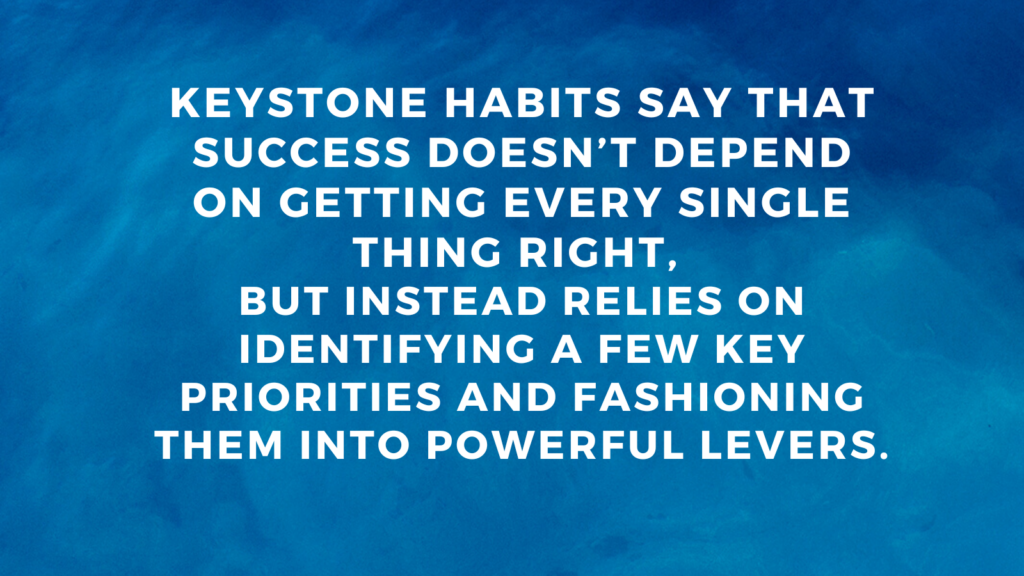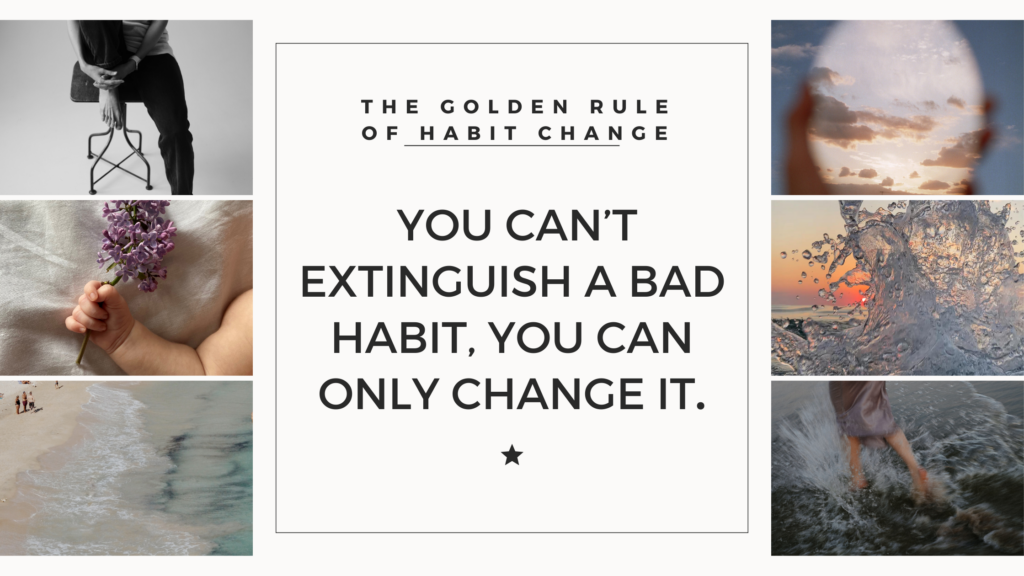The Habit Loop: Breaking Down Habits
Habits are structured around a 3-part loop: cue, routine, and reward. Similar to coding’s “if/then” statements, a cue must trigger a habit for it to function effectively. First, something triggers us, like a cue, which signals our brain to do something automatically, a habit we know. Then comes the routine, which could be physical, mental, or emotional. Lastly, there’s a reward, which helps our brain decide if this loop is worth remembering for the future. This loop becomes more automatic over time. The cue and reward become connected, creating a strong feeling of anticipation and wanting. This is how habits form, whether in a research lab or just in our daily lives.
When a habit forms, the brain doesn’t have to think as much. It kind of goes on autopilot. It’s like the brain takes a break or focuses on other things. So, if you don’t actively try to change a habit, it will keep happening on its own. But the good news is that if you know how habits work, you can control them better. If you understand the different parts of a habit, you can make changes to it. It’s like tinkering with the pieces of a machine.
Habit Cue Categories: Identifying Triggers
Scientists have found that cues can be various things, like a sight or a feeling, that prompt a habit. These cues can be as simple as a specific place, time, emotion, or even thoughts. Habits themselves can be very intricate or quite straightforward, sometimes taking only a fraction of a second. The rewards that come from these habits can differ too, from physical sensations like food or drugs, to emotional satisfactions such as the pride you feel when praised or when you praise yourself.
Habit cues typically fall into five categories: location, time, emotional state, other people, and the preceding action. For instance, craving a donut could be triggered by passing a donut shop on your way to work. Duhigg’s own example of getting a cookie was driven by an emotional desire for socializing.
Craving: Fueling Habit Momentum
Craving is a crucial part of the habit loop. Initially, the brain’s reward response is activated upon receiving the habit’s reward. Over time, this response shifts to anticipating the reward upon cue, creating a craving that sustains the habit.
Or, in other words, Habits create cravings in our brains. Sometimes, we don’t even realize these cravings are there. They build up slowly. We don’t notice how much they affect us. But when we connect certain things with rewards, a hidden craving starts in our minds. This starts the cycle of habit. For example, a researcher found out that the smell of food and scents can strongly affect what people do. Cinnabon stores, for instance, are placed in a specific way in shopping malls. They want the smell of cinnamon rolls to spread everywhere. This makes shoppers want a roll without even thinking. When they see the Cinnabon store, the craving is so strong that they automatically take out their wallets. The habit cycle is happening because of this craving.
Planning for Resilience: Overcoming Obstacles
The book highlights planning as a tool for changing habits. A notable example involves knee replacement patients who succeeded in rehabilitation by pre-planning strategies for challenging moments. This concept of planning ahead for difficulties can help maintain motivation during tough times.
Professionals agree that many struggling with issues like alcoholism or smoking quit by themselves, even without formal treatment. Often, they do this by examining the triggers, cravings, and rewards that push their actions, and then finding better options, even if they don’t fully realize it at the time. While understanding these factors won’t make bad habits disappear instantly, it helps us plan how to change the pattern.
Keystone Habits: Catalysts for Change
Certain habits, known as keystone habits, have a ripple effect, influencing the development of other habits. These habits provide small wins that boost motivation, create momentum, and establish a foundation for building further positive changes. A case in point is how maintaining a food journal led dieters to uncover patterns and build healthier habits.

Willpower is Like a Muscle
Duhigg emphasizes willpower’s significance as a muscle that can be strengthened with practice but can also tire out. The advice is to allocate willpower strategically, recognizing when it’s stretched thin. For instance, attempting a strict diet while dealing with other demanding tasks might deplete your willpower reserves.
Change is Inevitable through Habits
If you think you can change and turn it into a habit, the change becomes real. The true strength of habits lies in realizing that you can choose them. Once you make that choice and it becomes a natural part of you, it not only becomes real, but it also starts to feel like something that’s bound to happen. It guides us toward our destiny, no matter what that destiny might be.
The way we usually think about our surroundings and ourselves shapes the worlds we live in. Imagine two young fish swimming along, and they meet an older fish going the opposite way. The older fish asks, “How’s the water, boys?” This story, shared by writer David Foster Wallace, makes a point. Sometimes we’re so used to our surroundings that we don’t even notice them, just like the fish don’t notice the water they’re in.
This “water” is made up of habits – those automatic choices we make every day. These habits are like invisible currents that guide us. But when we take a closer look, they become clear.
Habits are like water – they carve paths over time. And just like water, habits can be redirected. You have the power to change your path and swim in a new direction.

My partner and I absolutely love your blog and find a lot of your post’s to be exactly I’m looking for. Would you offer guest writers to write content in your case? I wouldn’t mind composing a post or elaborating on a few of the subjects you write related to here. Again, awesome site!
each time i used to read smaller articles or reviews that as well clear their motive, and that is also happening with this post which I am reading here.
I am in fact grateful to the holder of this website who has shared this wonderful post at here.
WOW just what I was searching for. Came here by searching for %meta_keyword%
I really like your blog.. very nice colors & theme. Did you make this website yourself or did you hire someone to do it for you? Plz respond as I’m looking to design my own blog and would like to find out where u got this from. thank you
Hi friends, how is the whole thing, and what you would like to say regarding this post, in my view its actually remarkable for me.
Thanks for finally writing about > %blog_title% < Liked it!
I was recommended this website by my cousin. I’m not sure whether this post is written by him as no one else know such detailed about my trouble. You’re amazing! Thanks!
I am really glad to read this blog posts which includes lots of useful facts, thanks for
providing these kinds of information.
It is truly a nice and useful piece of info. I am happy that you simply shared this useful info with us. Please stay us up to date like this. Thank you for sharing.
Greetings! Very useful advice in this particular post! It is the little changes that make the largest changes. Thanks a lot for sharing!
I love your blog.. very nice colors & theme. Did you design this website yourself or did you hire someone to do it for you? Plz answer back as I’m looking to design my own blog and would like to find out where u got this from. thank you